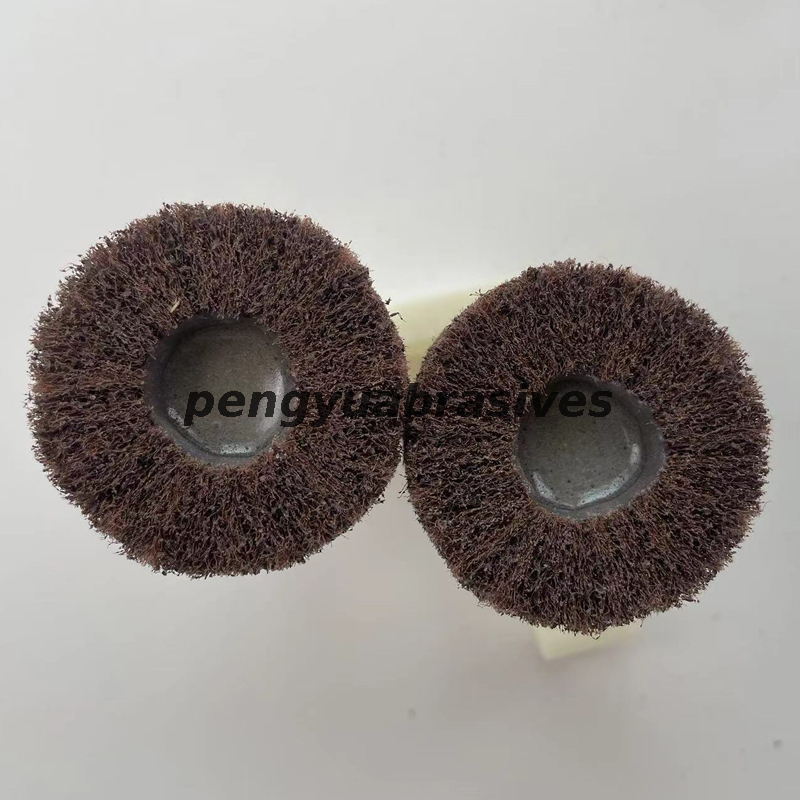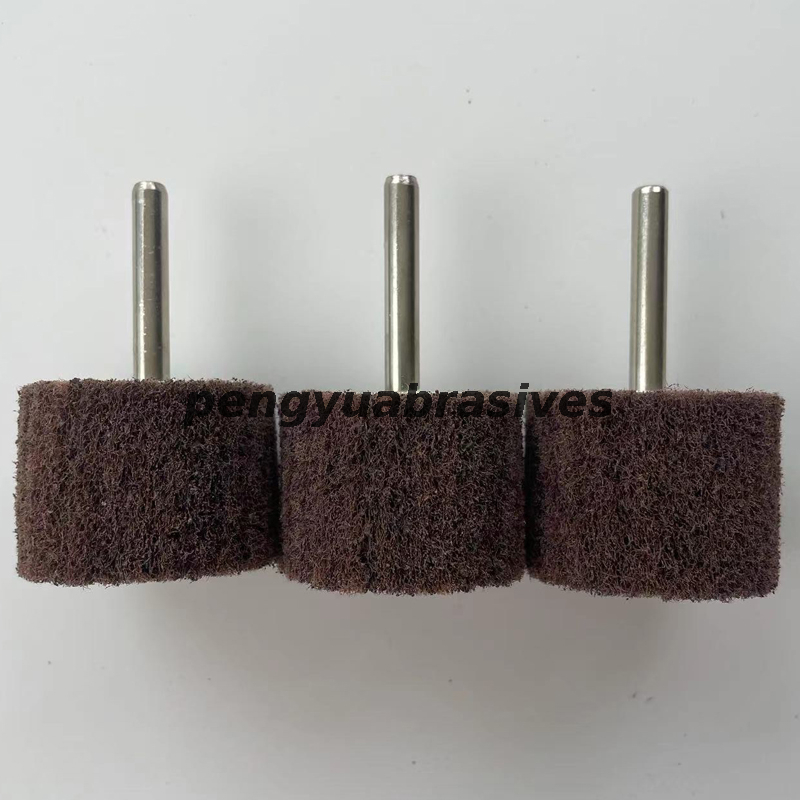Views: 0 Author: Site Editor Publish Time: 2025-05-27 Origin: Site








Need to strip paint off metal or clean up a weld seam? Ever wondered if a flap wheel can handle heavy metal tasks? Here's a fact: flap wheels can absolutely remove metal. But how they do it—and how well—depends on the wheel you choose and how you use it.
In this post, you'll learn how flap wheels remove metal, what types work best, and how to maximize results. We'll cover grit, shape, pressure, material types, and real-world comparisons so you can pick the right wheel every time.
A flap wheel consists of abrasive flaps bonded around a hub. As it spins, each flap grinds against the metal surface. Unlike grinding discs, flap wheels wear gradually. This exposes new abrasive grains—so they keep cutting consistently. They remove metal through friction. Not in chunks, but thin, controlled layers. That's what makes them ideal for:
Deburring sharp edges
Blending weld seams
Cleaning rust or oxidation
Prepping surfaces before coating
Smoothing rough cuts

Flap wheels are surprisingly versatile. They can work on soft metals like aluminum and tougher ones like stainless steel.
| Metal Type | Flap Wheel Performance | Recommended Abrasive |
|---|---|---|
| Aluminum | Easy to cut, but may clog flaps | Ceramic or zirconia, open-coat |
| Mild Steel | Medium resistance, works well | Zirconia or aluminum oxide |
| Stainless Steel | Tough, creates heat—needs cooler cutting | Ceramic or high-grade zirconia |
| Brass & Copper | Soft, low resistance, risk of buildup | Silicon carbide or ceramic |
| High-Alloy Steel | Very hard, needs durable abrasive | Ceramic flap wheels |
| Flap Wheel Type | Best Use Case | Relative Metal Removal Rate |
|---|---|---|
| Aluminum Oxide | Budget jobs, basic metalwork | Low |
| Zirconia Alumina | General-purpose, steel and alloys | Medium |
| Ceramic | High-speed removal, stainless, heavy-duty | High |
| Silicon Carbide | Non-ferrous metals, fine finishing | Medium |
| High-Density Flap Wheels | Longer life, consistent grinding | Medium-High |

Choosing the right grit is key. Here's what different grit sizes do when removing metal:
| Grit Size | Application | Removal Rate | Finish Quality |
|---|---|---|---|
| 24–40 | Heavy stock removal | Very High | Rough |
| 60 | Weld blending, medium shaping | High | Semi-smooth |
| 80 | General surface prep | Medium | Smooth |
| 120–240+ | Final smoothing and polishing | Low | Very smooth |
Need to grind off a weld? Start with 40 grit. Sanding a sheet before painting? Go for 120 or above.
How long will it last?
| Abrasive Type | Lifespan (avg.) | Metal Surface Area Covered |
|---|---|---|
| Aluminum Oxide | 10–15 minutes | 5–10 sq. ft. |
| Zirconia | 20–30 minutes | 15–20 sq. ft. |
| Ceramic | 40–60 minutes | 25–30+ sq. ft. |
Proper storage, correct pressure, and steady motion can significantly extend lifespan.
Flap wheels absolutely remove metal—and they do it better than many think. From shaping steel to blending welds and polishing aluminum, they're built for control, speed, and finish quality.
At Pengyu, we specialize in premium flap wheels designed for demanding metalwork. Whether you're working with stainless, aluminum, or mild steel, our wheels deliver the durability and finish your projects deserve. Ready to remove metal the smarter way? Choose Pengyu flap wheels and power up your productivity.
Q: Can a flap wheel replace a grinding disc for metal?
A: Yes, for light to medium removal. For deep grinding, a grinding disc is still better.
Q: What's the best flap wheel for stainless steel?
A: Ceramic flap wheels. They cut cooler and last longer under high pressure.
Q: Will flap wheels damage soft metals like aluminum?
A: Not if you use the right grit and pressure. Use ceramic or silicon carbide for best results.
Q: Can flap wheels remove rust and paint at the same time?
A: Yes. A 60-grit zirconia flap wheel works well for dual-action cleanup.
Q: How do I keep a flap wheel from clogging on metal?
A: Use open-coat abrasives, avoid excessive heat, and clean regularly with a flap wheel brush.